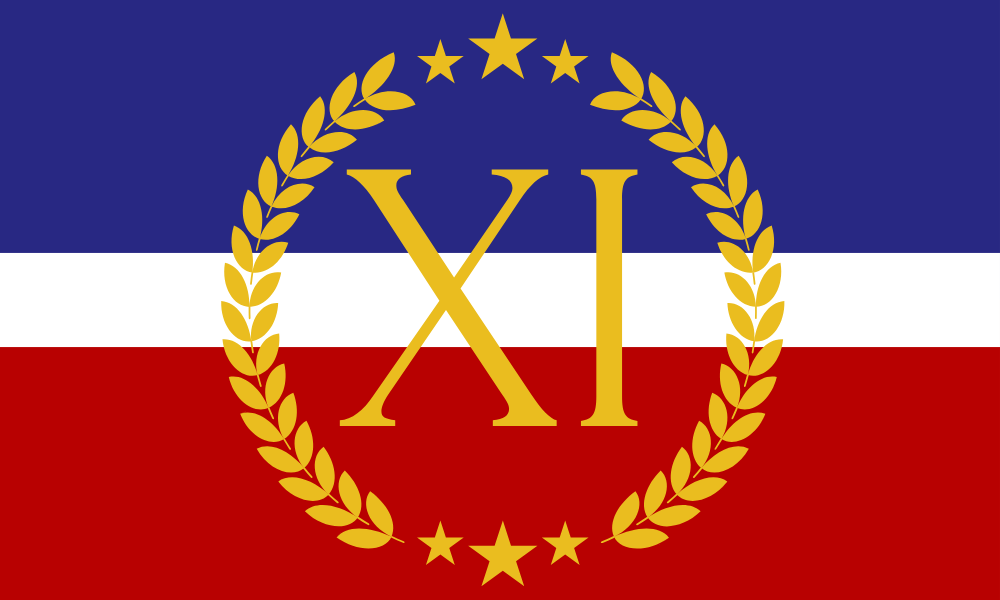| National Factbook |
| Flag: |

|
| Nation Name: |
Syria |
| Leader Name: |
Ahmad Alsharaa |
| Currency: |

Syrian Pound |
| National Animal: |

Golden Syrian Hawk |
| History: |
Syria is a proud nation with a history stretching back thousands of years. As the cradle of ancient civilizations, it has been home to empires, kingdoms, and pivotal moments in human history. From the ancient city of Ebla to the grandeur of Damascus, the nation has witnessed the rise and fall of great powers, including the Assyrians, Romans, Byzantines, and Ottomans. Modern Syria emerged in the early 20th century, navigating through periods of colonization, independence, and regional conflict. Today, the nation stands resilient, striving for stability and prosperity amidst challenges. |
| Geography |
| Continent: |
South America |
| Land Area: |
70,810.96 sq. km |
| Terrain: |
Syria's terrain is as diverse as its history. It boasts coastal plains along the Mediterranean, fertile river valleys such as the Euphrates, and vast desert expanses that cover much of the nation’s interior. The rugged mountains of the west, including the Anti-Lebanon range, contrast sharply with the rolling steppes of the central regions. This geographical diversity has shaped the nation’s economy and culture, offering a blend of natural beauty and resources. |
| Highest Peak: |
Mount Hermon,
2,814 meters
|
| Lowest Valley: |
Ghab Depression,
-200 meters
|
| Climate: |
Syria enjoys a Mediterranean climate along its coast, with mild, wet winters and hot, dry summers. The interior regions, however, experience an arid desert climate, marked by scorching summers and chilly nights. Seasonal variations can be significant, with the western mountains receiving snowfall in winter, while the eastern plains bask in intense summer heat. |
| People & Society |
| Population: |
4,817,065 people |
| Demonym: |
Syrian |
| Demonym Plural: |
Syrians |
| Ethnic Groups: |
Arab - 85.0%
Kurdish - 10.0%
Assyrian - 5.0% |
| Languages: |
Arabic - 90.0%
Kurdish - 7.0%
Aramaic - 3.0% |
| Religions: |
Islam (Sunni) - 74.0%
Islam (Alawite/Shia) - 13.0%
Christianity - 10.0% |
| Health |
| Life Expectancy: |
73 years |
| Obesity: |
27.8% |
| Alcohol Users: |
20.5% |
| Tobacco Users: |
39.2% |
| Cannabis Users: |
8.3% |
| Hard Drug Users: |
3.1% |
| Economy |
| Description: |
Syria operates a mixed economy with elements of both state-led and market-driven policies. Historically reliant on agriculture, oil exports, and trade, the economy has shifted significantly in recent years due to regional instability. Key sectors include textiles, pharmaceuticals, and agriculture, with an emerging focus on rebuilding infrastructure and fostering international investment. Despite challenges, Syria's strategic location at the crossroads of Europe, Asia, and Africa remains a vital asset. |
| Average Yearly Income: |
$75.61 |
| Gross Domestic Product (GDP): |
$13,102,631,312.00 |
| GDP per Capita: |
$2,720.04 |
| Gross National Income (GNI): |
$22,701,131,565.00 |
| Industries: |
Major industries include agriculture (wheat, cotton, olives), oil and gas extraction, textiles, and pharmaceuticals. Additionally, Syria has a rich cultural heritage that supports a nascent tourism industry focused on historical sites and ancient cities. |
| Military |
| History: |
Syria’s military was formally established in the 1940s following independence from French Mandate control. It consists of the Army, Navy, Air Force, and paramilitary forces, with a long history of regional involvement and conflict. Despite recent struggles, the armed forces maintain significant capabilities and are deeply integrated into the nation's political and social fabric. |
| Soldiers: |
120,095 |
| Tanks: |
14,586 |
| Aircraft: |
1,650 |
| Ships: |
24 |
| Missiles: |
0 |
| Nuclear Weapons: |
0 |
| Last Updated: 12/16/2024 08:52 am |
























